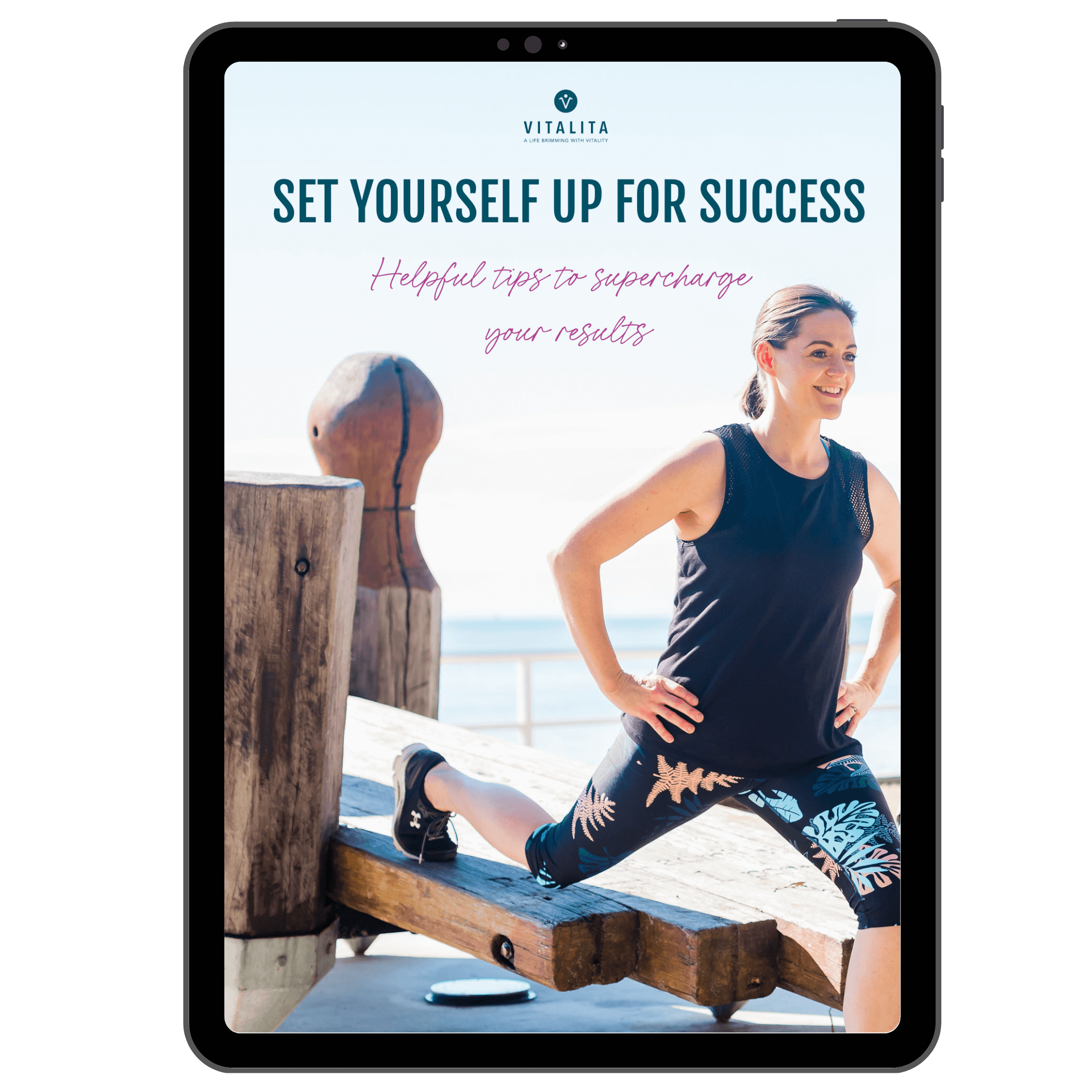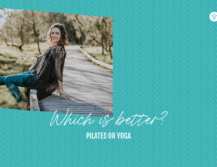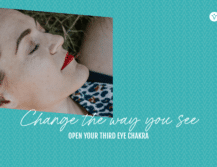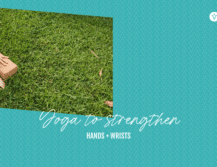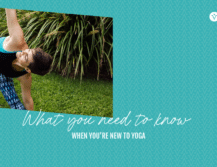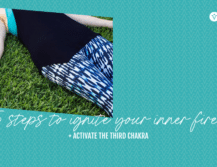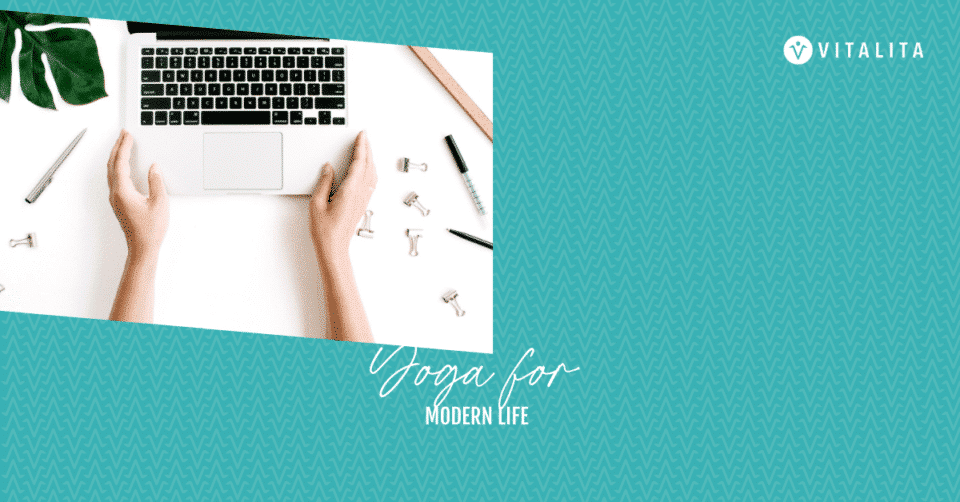
Technological, scientific and economic advancements have given us so many benefits, such as longer life span, reduced incidence of disease, the ability to travel almost anywhere and learn about anything. Yet those same advancements have increased our pace of life and made modern life undeniably stressful.
We’ve got your back with Yoga for Modern Life, a series to help alleviate the aches and pain associated with prolonged sitting and use of technological devices.
The anatomy of stress
Spreading its tentacles far and wide, stress can have a detrimental effect on your physical and mental health, relationships, family, career and finances.
Seventy-five percent of Australians surveyed by ABS said stress adversely affected their physical health and 64% said it affected their mental health.
Whether the cause of the stress is a sabre-toothed tiger or your boss, your body prepares to put up a fight or run as fast and as far as it can. Your body supports the survival instinct by releasing hormones (adrenaline, noradrenaline, cortisol) and glucose into the bloodstream, creating a burst of energy and stamina; increasing your heart rate; and diverting blood away from your internal organs. Bodily functions that aren’t essential for survival, such as digestion, are put on hold.
Benjamin Bonetti, author of How to Stress Less breaks down the short- and long-term symptoms of stress into four categories: physical, cognitive, emotional, behavioural.
Physical
- Short breath
- Rapid heart rate
- Pain or tightness in the chest
- Muscle tension, aches and pains
- Increased cholesterol levels
- Low libido
- Digestive discomfort
- Lethargy
- Decreased immunity
- Skin conditions such as acne and eczema
Cognitive
- Memory problems
- Inability to concentrate
- Poor judgement
- Racing, repetitive or negative thoughts
Emotional
- Mood swings
- Irritatable and easily angered
- Feeling overwhelmed, unmotivated, lost or isolated
- Anxiety
- Depression
Behavioural
- Eating more or less, resulting in weight gain or loss
- Altered sleep patterns
- Disinterest in socialising and hobbies
- Procrastination or neglecting responsibilities
- Reliance on addictive substances or behaviours
- Nervous habits such as pacing or nail biting
Do any of these symptoms seem familiar to you?
We all encounter stress and a certain degree of stress is useful, enabling us to embrace new challenges and get stuff done. Known as eustress, this is the energy which revs up performers before a sell-out show, executives before a crucial presentation and athletes before a big game.
The problem is that most of us live with chronic low-grade stress.
With no end in sight, our capacity to cope is depleted. It’s like driving your car with the amber fuel light illuminated. If you don’t stop to fill up the petrol tank, the engine will stop running and the car will grind to a halt. I had been running on empty for months by the time I was wheeled out of my office on a stretcher.
Yoga is the antidote to modern life
Yoga is the antidote to modern life; a much-needed opportunity to pause, release and unwind. But it’s not always possible to get to a class.
Drawing on my experience working in corporate environments and my training and experience as a yoga student and teacher, I will share simple tools to help you manage stress and anxiety wherever and whenever it arises. Like the time you were jammed in traffic knowing you were going to be late for an interview, or when your toddler had a meltdown in the confectionery aisle of the supermarket? In those moments you don’t need a yoga class. You need tools. NOW.
Stress is not the only factor taking a toll on our bodies and minds. Changes to the way we live and work have fundamentally altered our movement patterns. How you sit, stand, walk, sleep, eat and breathe affects the overall function of your body and, because muscles don’t work in isolation, imbalance or weakness in one area has a knock on effect.
Can you remember the last time your body felt completely relaxed, free from muscular tension, aches and pains?
Targeting the hotspots of tension, this five-part series will help you alleviate common aches and pain associated with prolonged sitting and use of technological devices:
And, as promised, we’ll also explore the role of mindfulness in managing and reducing stress in daily life.
These are the tools I wish I had access to when I was traveling and working long hours. I can’t wait for you to experience the benefits of yoga for modern life!
– Georgina –
